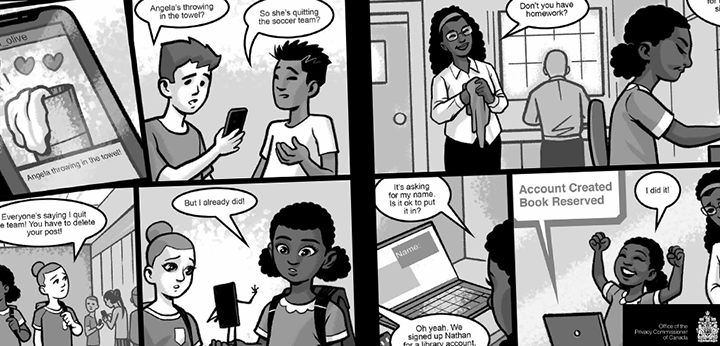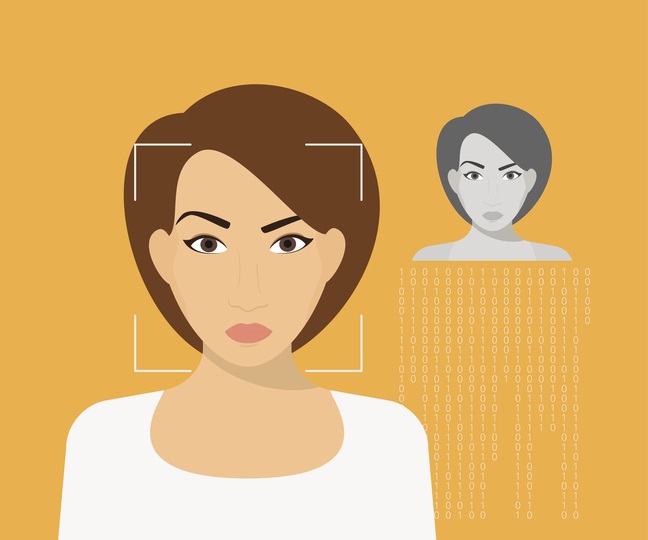Making privacy protection a basic skill for students

Read more

Read more

Read more

Facial recognition technologies can quickly identify who you are by automatically analyzing your facial features. The characteristics of your face (your biometric information) may be collected when you apply for an identity document like a passport, when you get your photo taken for an employee badge, or when you upload photos online to social media websites.
Read more
Canadians’ mobile devices are filled with applications that collect personal information, including identifiers that are engrained into different parts of the devices. But what exactly are these identifiers, and how are they used?
Read more
Read more
This week is Privacy Awareness Week (PAW) – a global effort, coordinated by members of the Asia Pacific Privacy Authorities (APPA), to raise awareness about the value of privacy and the importance of protecting it.
Read moreThe Office of the Privacy Commissioner of Canada (OPC) will be hosting its first annual Pathways to Privacy Research Symposium on May 2, 2012, in Ottawa!
Read moreThe Office of the Privacy Commissioner of Canada is launching a new youth privacy tool that will help teachers and community leaders talk with younger Canadians about their privacy online.
Read moreDo youth care about privacy? We will explore this question on September 8, 2011, when our Office holds its next Insights on Privacy armchair discussion. We have invited two experts on young people’s use of social media, Kate Raynes-Goldie (@oceanpark) and Matthew Johnson (@MFJ72) to talk about what privacy means to youth and how we can help youth preserve their privacy by promoting digital literacy skills.
Read moreThe Media Awareness Network, benefactor of the Office of the Privacy Commissioner’s Contributions Program, has launched the third Phase (Phase III) of its ongoing study, Young Canadians in a Wired World (YCWW). This third phase is a crucial element to the project, as it will shed a more distinct light on the need for online education resources in classrooms and communities.
Read moreShowing items 1 through 10 of 18.